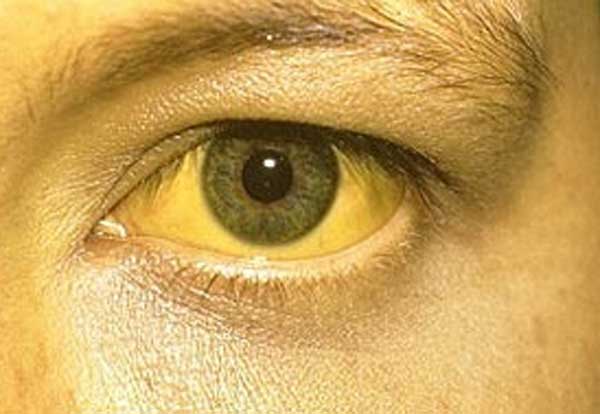Pancreatic cancer is estimated to take the lives of more than 40,000 people in the US alone during 2017. During that same time, it is estimated that over 55,000 new ones will be diagnosed in the US as well. And even though pancreatic cancer accounts for only approximately 3 percent of all cancers in the US, it does account for a whopping 7 percent of all cancer deaths.
The pancreas is an organ located just behind your stomach, and it is pear-shaped. Pancreatic cancer occurs when the cells in the pancreas start multiplying too fast and create a mass. Thus, leading to a cancerous tumor. The pancreas is the organ that our body uses to secrete enzymes and insulin which aid digestion and also helps you process sugar. Whenever pancreatic cancer occurs, these functions are impaired.
Pancreatic cancer usually appears after the age of 45, however, there can be younger patients with this disease. The causes of this cancer are not clear but there are specific factors that do increase its risk. These factors include pancreatitis (chronic inflammation of the pancreas), family history of pancreatic cancer, excessive smoking, obesity, diabetes, and inherited gene mutations. There are also higher risks of developing pancreatic cancer for African-Americans patients.
Unfortunately, pancreatic cancer is very difficult to detect on an early stage, which means that it is usually caught on a later stage. Additionally, it spreads rapidly and starts affecting more parts of the human body. It is known as a silent disease. However, there are some nonspecific early warning symptoms that can save lives. Below, we mention the 10 most common ones which can help you detect pancreatic cancer on earlier stages. These signs can happen together or separately and should be checked by a professional physician.
1. Pancreatic Cancer: Jaundice
Jaundice is the term that describes the state when the skin and eyes turn a yellow tone. It is very common for those having pancreatic cancer to suffer from jaundice. The main cause of jaundice is usually an excess of bilirubin in the blood. This is caused by irregular bile (a liquid that aids digestion and it’s of a yellowish color. It is released by your liver) going from the gallbladder to the small intestine. Irregular bile can be produced when pancreatic cancer is present in the body. Usually located in the head of the pancreas itself.
However, jaundice is not unique to pancreatic cancer. It is also common for a list of gallbladder and liver diseases. This means that if you suffer from jaundice, it does not have to be pancreatic cancer. Please refer to your physician for tests to find out what the causes behind it are.
Jaundice does not only turn your skin and eyes yellow color. It can also cause itchiness on your feet and hands. But especially on the soles and palms themselves. If all the causes of jaundice are completely ruled out, then make sure to ask your doctor to test you for pancreatic cancer. Together with jaundice, you may also experience nausea and vomiting, which is another of the ten main symptoms of pancreatic cancer. If you do experience this symptom as well, make sure to mention it to your doctor, however common, it can be deciding to better understand which tests to undertake in your specific case. If you are unsure whether your skin or eyes are yellow, make sure to check the white part of your eye, its corner will turn yellow, as well as your nails. Those are some easy indicators to notice the coloring if not very strong yet.

